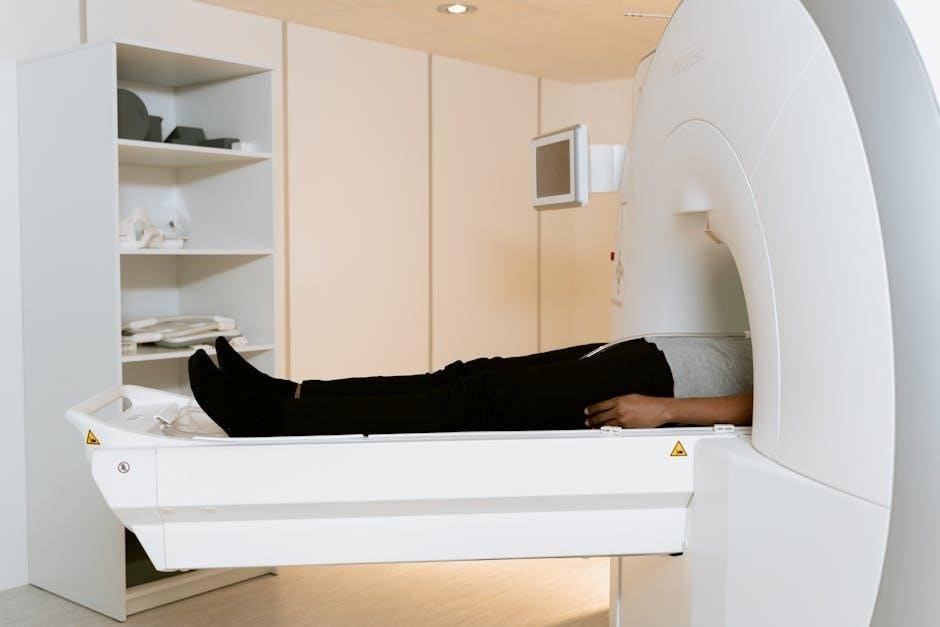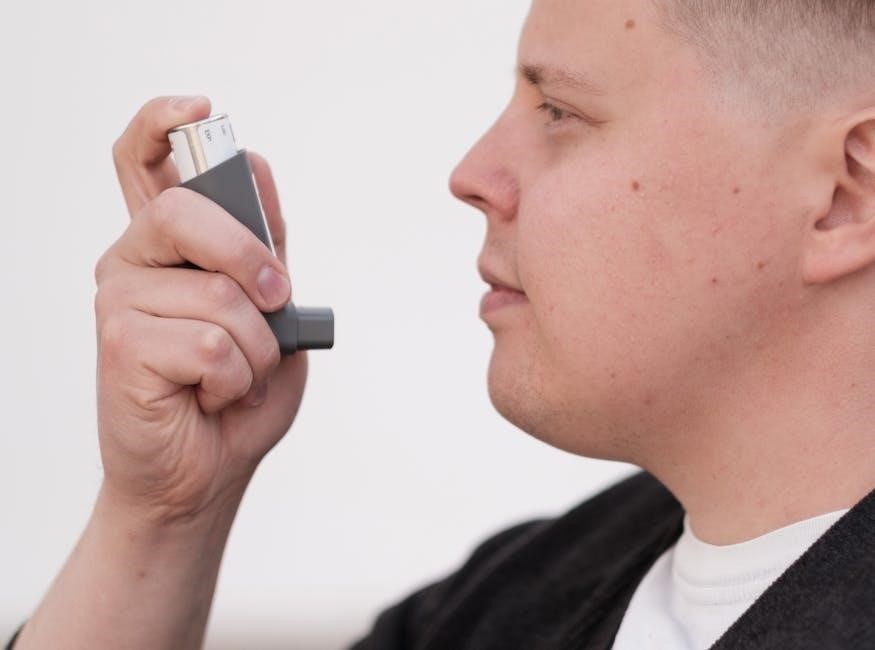respiratory system assessment pdf
available today always.
Importance of Respiratory Assessment
The importance of respiratory assessment cannot be overstated, as it plays a crucial role in identifying potential respiratory issues and preventing morbidity. A comprehensive respiratory assessment, as outlined in various respiratory system assessment pdf guides, enables healthcare professionals to evaluate lung function and overall health. This assessment is essential for identifying underlying structures and location of physical findings, which can help anticipate potential respiratory issues in post-operative patients. By conducting a thorough respiratory assessment, nurses can identify important nursing interventions and implement strategies to address respiratory distress. The evaluation of the respiratory system, including collecting subjective and objective data, is vital for providing adequate care and preventing complications. Respiratory assessment is a critical component of nursing care, and its importance should not be underestimated. Effective respiratory assessment can help improve patient outcomes and reduce the risk of respiratory-related complications, making it an essential skill for healthcare professionals to master.

Conducting a Health History
Conducting a health history involves interviewing patients to gather information about their medical history and respiratory symptoms always using online guides.
Identifying Anatomic Landmarks
Identifying anatomic landmarks is a crucial step in respiratory system assessment, as it allows healthcare professionals to locate underlying structures and identify potential areas of concern. Using diagrams and illustrations, such as Figure 2.9, can help to visualize the respiratory system and its various components. The location of physical findings, such as lung sounds and breath sounds, can be correlated with specific anatomic landmarks, allowing for a more accurate assessment. By identifying these landmarks, healthcare professionals can better understand the relationship between the respiratory system and other bodily systems, and develop a more comprehensive understanding of the patient’s overall health. This information can be found in various respiratory system assessment pdf guides and online resources, which provide detailed information on identifying anatomic landmarks and their significance in respiratory assessment. Proper identification of these landmarks is essential for accurate diagnosis and treatment of respiratory disorders.

Physical Examination of the Thorax
Physical examination of the thorax involves inspecting and auscultating the chest to assess respiratory function and detect abnormalities always using online resources.
Inspecting the Thorax and Auscultating Breath Sounds
Inspecting the thorax and auscultating breath sounds are crucial steps in respiratory system assessment, as outlined in various respiratory system assessment pdf guides. The nurse should begin by inspecting the thorax for any visible abnormalities, such as deformities or scars. Next, the nurse should auscultate the breath sounds using a stethoscope, listening for normal sounds such as clear lung fields or abnormal sounds such as wheezes or crackles. The nurse should also assess the pattern of breathing, including the rate, depth, and rhythm. This information can be used to identify potential respiratory problems, such as respiratory distress or respiratory failure. By carefully inspecting the thorax and auscultating breath sounds, the nurse can gather valuable information about the patient’s respiratory status and develop an effective plan of care. This assessment can be documented using standard terminology and online resources to ensure accurate and consistent reporting.

Documenting Findings and Assessment Components
Documenting findings using standard forms and accurate terminology is essential for effective respiratory system assessment and ongoing patient care always using online resources.
Collecting Subjective and Objective Data
Collecting subjective and objective data is a crucial step in respiratory system assessment, involving the use of standardized questionnaires and physical examination techniques to gather information about the patient’s respiratory health. The data collected includes the patient’s medical history, symptoms, and lifestyle habits, as well as physical examination findings such as lung sounds and respiratory rate. This information is used to identify potential respiratory problems and develop an effective treatment plan. The use of respiratory system assessment pdf guides can help healthcare professionals to collect and organize the data in a systematic and thorough manner. By combining subjective and objective data, healthcare professionals can gain a comprehensive understanding of the patient’s respiratory health and provide high-quality care.

Systematic Approach to Respiratory Assessment
A systematic approach to respiratory assessment involves using guidelines and frameworks to ensure thorough evaluation always using respiratory system assessment pdf guides and tools available today online.
Prioritizing Respiratory Assessment and Addressing Issues
Prioritizing respiratory assessment is crucial in identifying potential issues and addressing them promptly. A thorough evaluation of the respiratory system using respiratory system assessment pdf guides can help healthcare professionals identify areas that require immediate attention. By prioritizing respiratory assessment, healthcare professionals can ensure that patients receive timely and effective treatment, preventing further complications. The use of respiratory system assessment pdf guides can also help healthcare professionals to stay up-to-date with the latest assessment techniques and protocols. Additionally, these guides can provide valuable information on how to address common respiratory issues, such as respiratory distress and respiratory failure. By using these guides, healthcare professionals can provide high-quality care to patients with respiratory problems, improving their overall health outcomes and quality of life. Effective prioritization and addressing of respiratory issues can also help to reduce morbidity and mortality rates associated with respiratory diseases.
